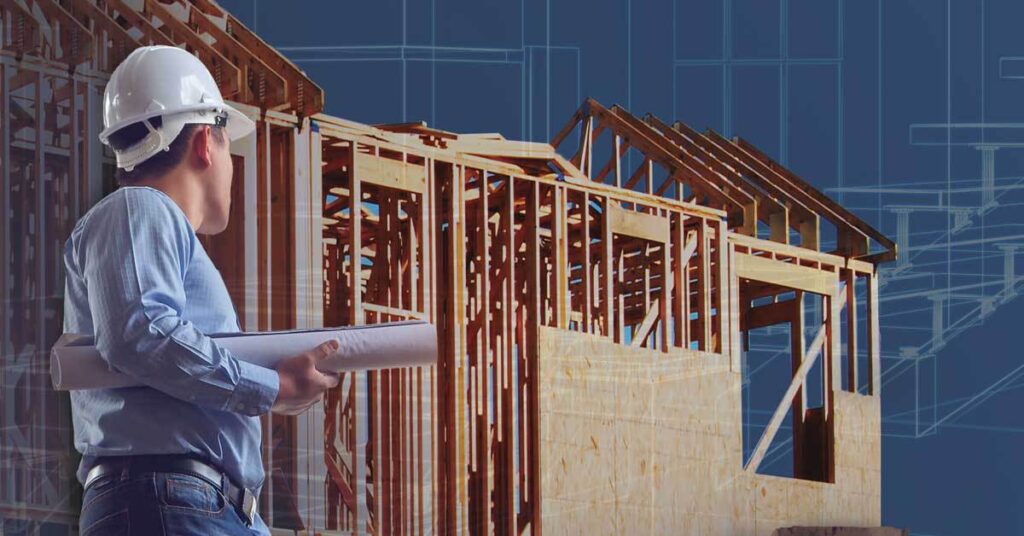Jim Colella
Jim Colella is vice president, national builder program manager at Guaranteed Rate. He has nearly 25 years of combined experience in mortgage and home- building, including leadership roles in sales, marketing, operations and land development. Colella is the company’s lead resource for new construction initiatives and recruiting centered around growing builder volume. He is directly involved with developing strategic business plans for loan officers and market managers to capture builder and condominium developer accounts.
